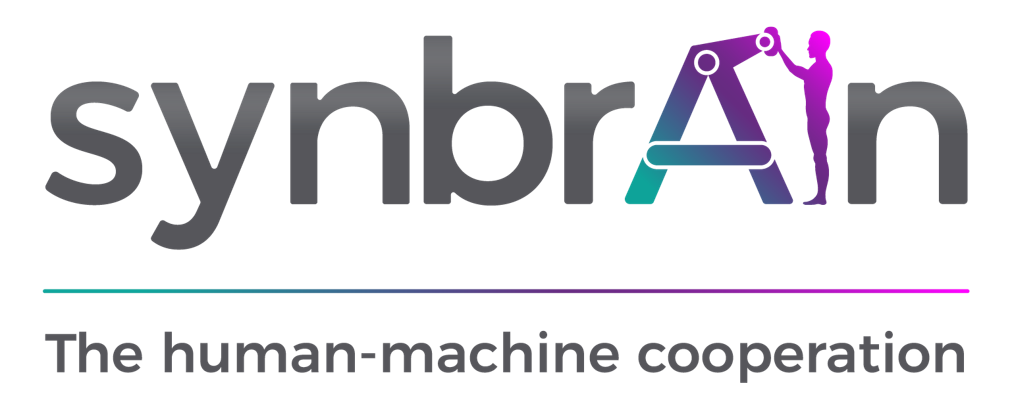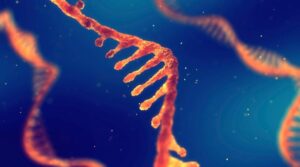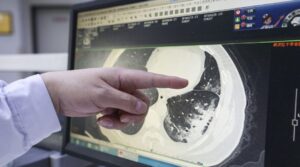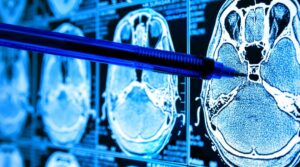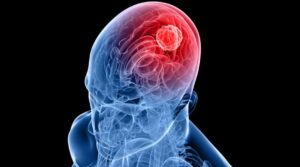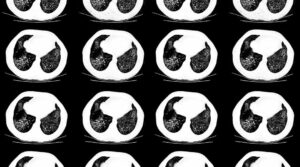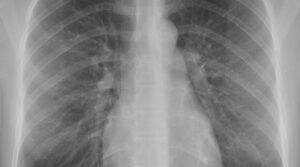SLEEP-SEE-THROUGH: Explainable Deep Learning for Sleep Event Detection and Quantification From Wearable Somnography
Evidence is rapidly accumulating that multifactorial nocturnal monitoring, through the coupling of wearable devices and deep learning, may be disruptive for early diagnosis and assessment of sleep disorders.
